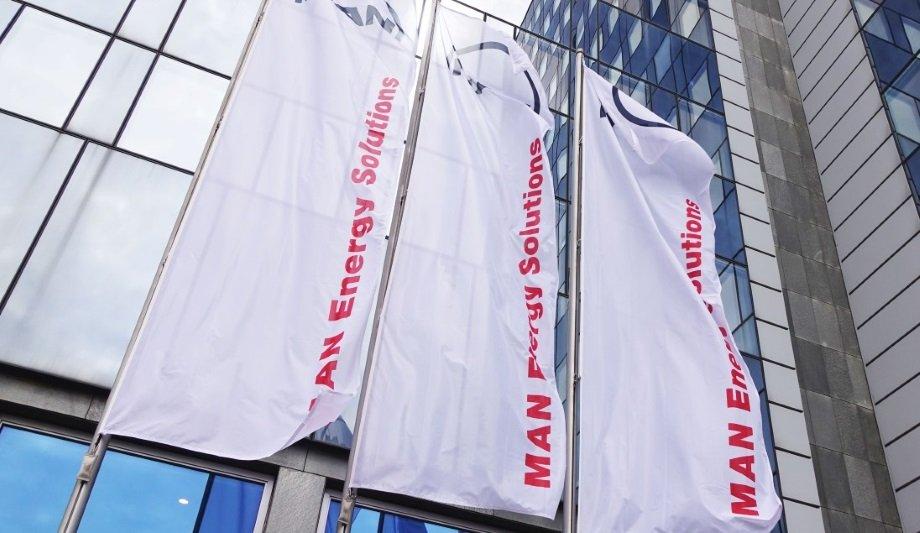Single-cylinder displacements
Directive limits relate not just to NOx and hydrocarbons (HC) but also to particulate matter (PM), which is attracting increased focus from the maritime industry. The limits are particularly challenging for type 2 marine engines with single-cylinder displacements of under 15 litres, and an overall power output of <2,000 kW.
Directive limits relate not just to NOx and hydrocarbons (HC) but also to particulate matter
Finn Fjeldhøj, Head of Small-Bore, Four-Stroke Engineering, MAN Energy Solutions, said: “As soon as C2 came on the horizon, we realised it was an excellent opportunity for our MAN L21/31 engine, whose compactness, low fuel-oil consumption and power rating make it particularly suited to this segment. Extensive testing shows that it complies with C2 particulate-matter limits without needing a particulate filter, while an SCR system will be required to meet NOx requirements."
Optimise engine efficiency
"In practice, such an SCR system will be sparingly employed to optimise engine efficiency and limit after-treatment operational expenses. We are confident that this practical solution will win favour in vessels sailing Chinese inland-waterways.”
MAN Energy Solutions states that the L21/31 can fulfil classification requirements as both controllable-pitch-propeller (CPP) propulsion and Genset applications. Based on recent research, MAN is already capable of pursuing the engine’s official emission certificates from the China Classification Society but continues to develop more advanced solutions with its licensees to further reduce the environmental impact of the engine, as well as customers’ operational costs.
